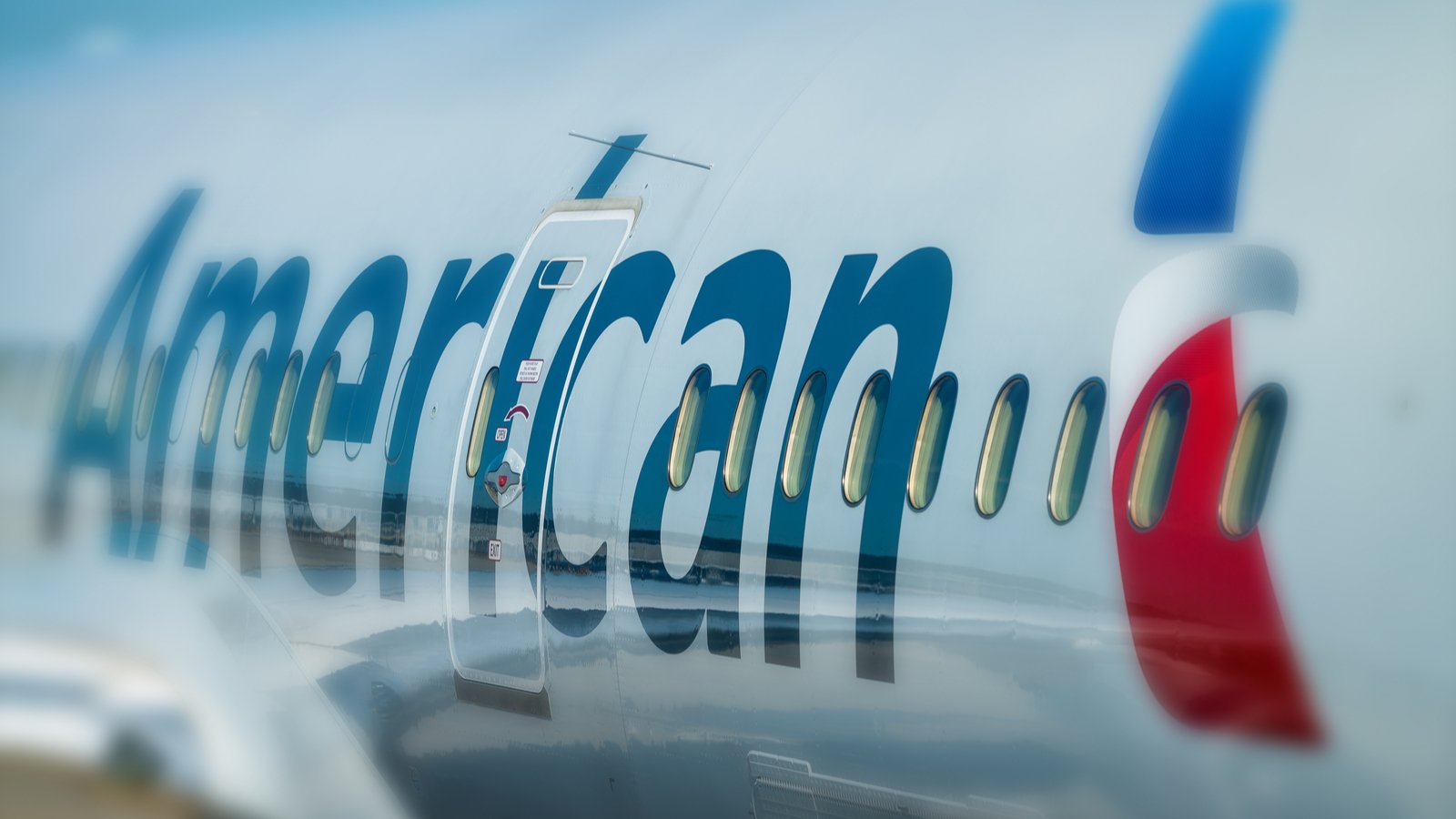Since the pandemic began, I’ve been bullish on U.S. airline equities, including American Airlines (NASDAQ:AAL), as I predicted that demand for flights in the U.S. this summer would far surpass the Street’s average estimates, but as summer starts to wind down it’s unclear that AAL stock is still a buy.

My first call turned out to be a pretty good one, as airlines’ ticket sales from May until August did indeed come in well above the expectations that most pundits and analysts had in March and April. As a result, most of those who followed my bullish calls on AAL stock and other airlines made money, even if they did not make a proverbial “killing.”
But heading into autumn, I’m turning bearish on the airline stocks. That’s largely, though not only, because I continue to believe that weather remains a huge factor in the spread of the coronavirus.
Weather and AAL Stock
I continue to believe that the weather tremendously impacts the spread of the coronavirus. If I’m correct, AAL stock and its peers probably won’t perform very well in October and, possibly, November.
Early on during the pandemic, I noted that Professor John Nicholls of the University of Hong Kong’s Department of Pathology had said that sunlight and humidity undermine the coronavirus. Some people are now saying that Nicholls was wrong because the virus has spread quickly across parts of America’s Sunbelt this summer.
But I think that those who theorize that the virus spread across the Sunbelt because people there stay indoors a great deal during the summer are on the right track.
More specifically, however, I believe that the combination of staying indoors often and the powerful air conditioning that the region uses have been the primary reason for its problems with the virus this summer. (Having said that, though, the opening of bars and the lack of the use of face masks in some areas likely also contributed to the virus’ spread).
At least one expert says that air conditioning could potentially spread the virus. Moreover, in parts of the U.S. where air conditioning is generally less strong, the spread of the coronavirus has eased greatly this summer. And finally, hot countries that use much less AC have done much better than America’s Sunbelt and than other, cooler nations; Morocco has 1,200 cases per 1 million, Honduras has 5,300 cases per 1 million, and the Phillipines has 1,540 cases per 1 million.
That compares very favorably with Texas’ 19,000 cases per 1 million and Florida’s 26,000 per 1 million. Meanwhile, France and Italy stand at 3,270 and 4,200, respectively. (All data was current as of Aug.17-Aug.18).
More importantly, Melbourne, Australia, where temperatures are currently in the 40s and 50s, is experiencing a surge of cases. That indicates that cooler temperatures are likely to result in a strong “second wave” of the virus.
AAL Stock and the Second Wave
A powerful second wave of the virus in America’s Northeast and Midwest in October and November would likely cause demand for flying to plunge to levels last seen in May when passenger levels were down around 85% year-over-year.
I don’t think we’d return to the low point reached in March and April because many people, especially young individuals, are much less scared of the coronavirus than they were then. Also, the fatality rate of the virus has dropped sharply due to more effective therapies and treatment techniques.
Still, Americans’ overall desire to fly would drop sharply. Potentially compounding the trend, some governors who still believe in the efficacy of lockdowns could conceivably shut down their states again.
This scenario would undoubtedly put a great deal of pressure on AAL stock. On a positive note, I still think a vaccine could be ready at the end of October or mid-November. Further, even at the beginning of October, the Street will likely know that there’s a high probability of a vaccine arriving. As a result, the downturn of American’s stock will likely not be nearly as sharp as in March and April, and it will probably be much briefer.
The Bottom Line
In the near-term, the shares lack likely positive catalysts, as ticket sales are unlikely to suddenly jump. Further, the chance of Democrats and Republicans reaching a stimulus deal anytime soon appears to be 50% at best, given their differences and the rapidly approaching election.
Meanwhile, there’s a good chance that a “second wave” of the coronavirus will hurt American’s ticket sales within a month or two. Consequently, I would recommend selling the shares and buying them back amid their likely second-wave, pre-vaccine weakness.
As of this writing, Larry Ramer did not own any of the aforementioned stocks. Larry has conducted research and written articles on U.S. stocks for 13 years. He has been employed by The Fly and Israel’s largest business newspaper, Globes. Among his highly successful contrarian picks have been solar stocks, Roku, and Snap. You can reach him on StockTwits at @larryramer. Larry began writing columns for InvestorPlace in 2015.
